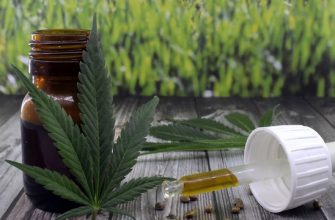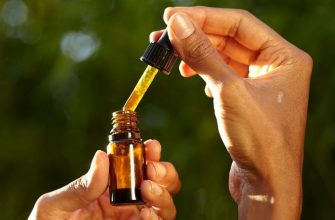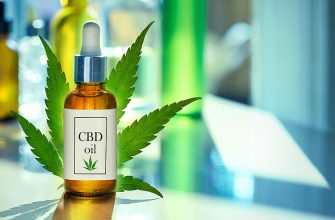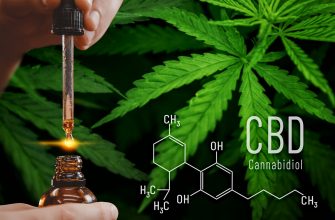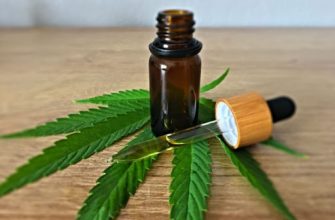According to the Migraine Research Foundation, migraine is one of the most common neurological diseases in the world, affecting about 39 million people in the United States and about a billion people worldwide. Symptoms that often lead to disability can include severe headache, dizziness, nausea, blurred vision, and extreme sensitivity to light or sound. Migraine headaches are usually treated with strong medications, but with varying results.
“Since the 90s, I have been taking carbamazepine and gabapentin on a regular basis. Periodic outbreaks of pain were controlled only by hydrocodone, which always gave me discomfort, ”wrote Glenn, a participant in the informal Axon study. “What changes did they make CBD oil No more carbamazepine or hydrocodone, and only half of gabapentin – and better pain control. Bursts of pain still occur, but another drop of CBD and the pain disappears within 15 minutes. I have no side effects. “
Another study participant said CBD helped his chronic migraines significantly. “If it is adopted early in the attack, I can count on it to shorten the duration of the attack relatively quickly.” Of the 105 people who participated in the Exxon trial, 15 reported experiencing daily headaches at the start of the study. … At the end of the 30-day trial period, their number dropped to 10, that is, by 33%.
Further Research Needed: While the Axon study was conducted without scientific adherence to the gold standard of clinical trials, the Hit-6 survey results highlight the need for further research on CBD as a possible treatment for migraine sufferers worldwide. It’s important to note that while there is plenty of anecdotal evidence of people using it, CBD oil has good results for migraines, but there are very few standardized results, i.e. studies with a comparison group taking a placebo.
Cannabinoids Suitable for Migraine Prevention
Research has confirmed that cannabinoids are as useful in preventing migraine attacks as other pharmacological treatments. Interestingly, when it comes to treating acute group headaches, cannabinoids are only effective for patients with childhood migraines. Germany’s recent decision to authorize the use of cannabis for medicinal purposes has rekindled political debate across Europe. The progress is reflected in the results of a recent Italian study presented at the Third Congress of the European Academy of Neurology (EAN). A group of researchers led by Dr. Maria Nikolodi studied the suitability of cannabinoids for the prevention of migraines, as well as for the treatment of acute migraines and cluster headaches.
First, the researchers had to determine the dose needed to effectively treat headaches. A group of 48 chronically ill migraine volunteers received an initial starting dose of 10 mg of the combination of the two compounds. One contained 19% tetrahydrocannabinol (THC), while the other contained almost no THC and contained 9% cannabidiol (CBD).
As a result, doses less than 100 mg had no effect. Only with an increase in the oral dose of 200 mg, acute pain decreased by 55%.
In a phase 2 study, 79 patients with chronic migraines received a daily dose of 25 mg amitriptyline, a tricyclic antidepressant commonly used to treat migraines, or 200 mg of a THC-CBD combination for three months. Forty-eight patients with cluster headache also received 200 mg of THC-CBD or a daily dose of 480 mg of the calcium channel blocker verapamil for acute pain, and an additional 200 mg of THC-CBD was added to both headaches.
The results after three months of treatment and follow-up after another four weeks gave different conclusions. While the THC-CBD combination gave slightly better results than amitriptyline (40.1%), with a 40.4% decrease in the number of attacks, the severity and number of headache attacks in the group decreased only slightly.
When analyzing the use of treatment for acute / immediate pain, the researchers found an interesting phenomenon: cannabinoids reduced pain intensity in migraine patients by 43.5%. The same results were observed among patients with cluster headache, but only in those who experienced migraines in childhood. In patients with no prior history, THC-CBD was not effective as an emergency treatment. Side effects observed during the study, such as drowsiness and difficulty concentrating, were extremely mild. The incidence of abdominal pain, colitis and musculoskeletal pain in women decreased.


